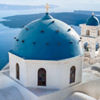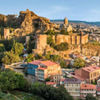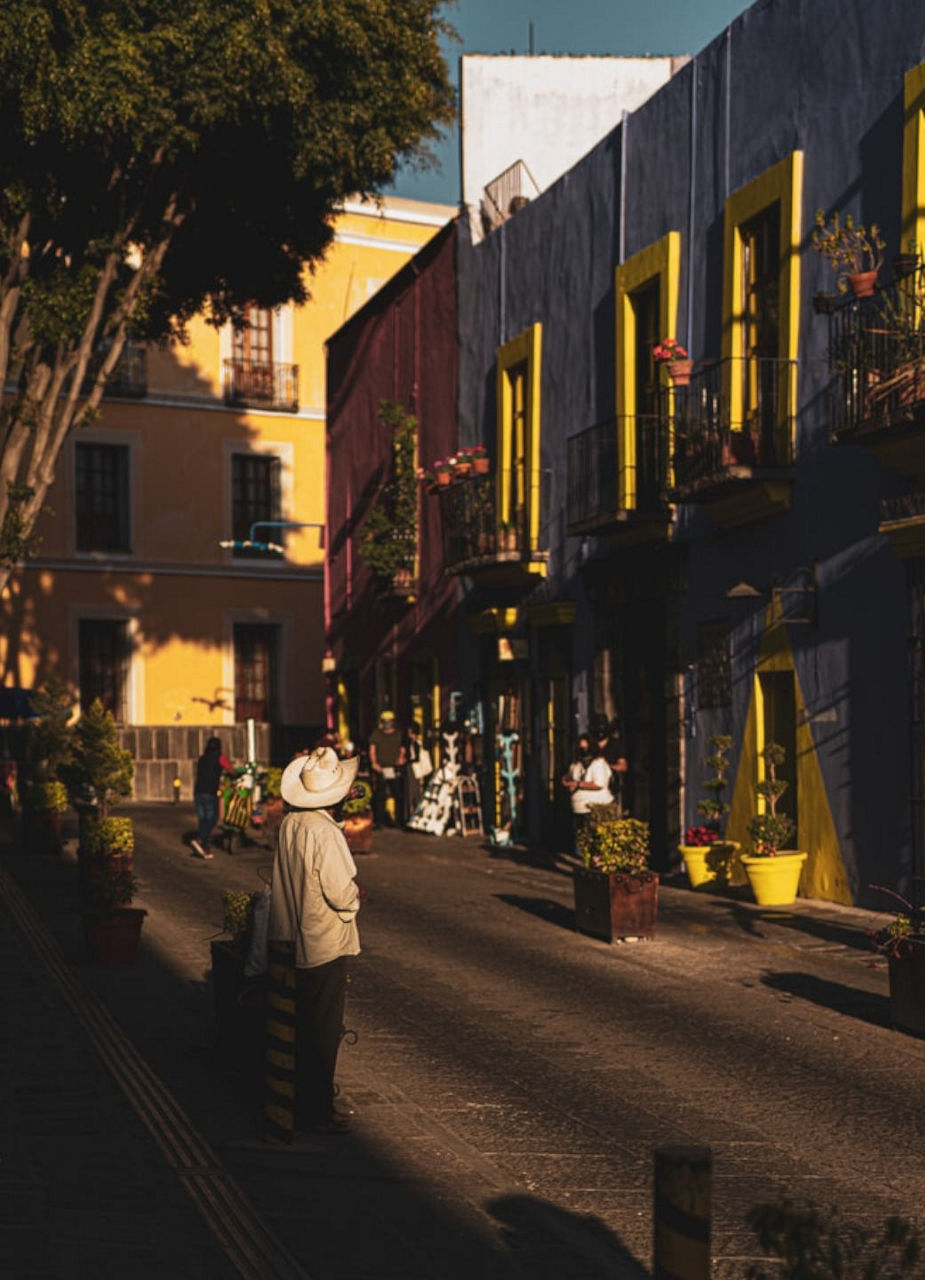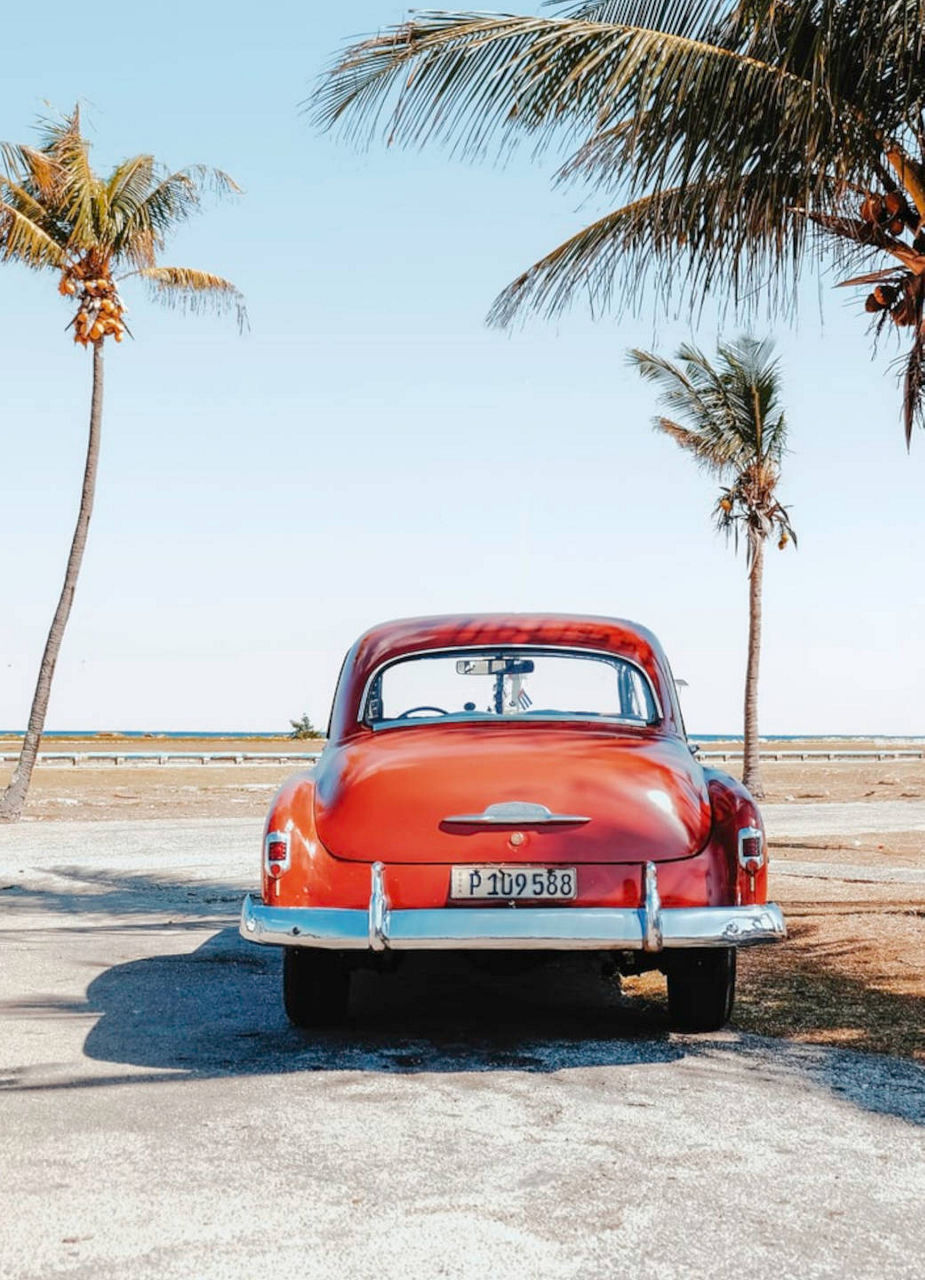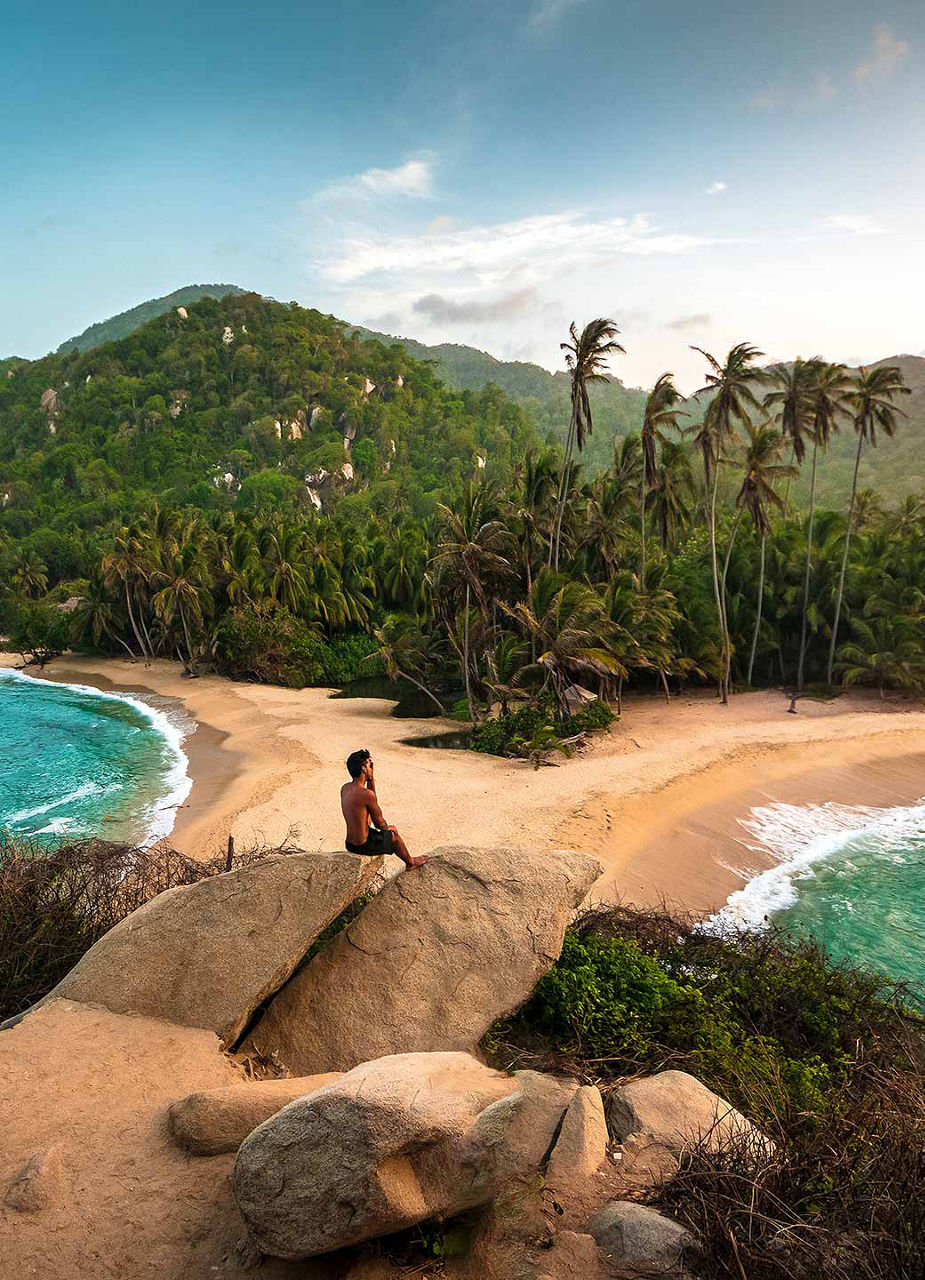
Discover the highlights in Yucatán
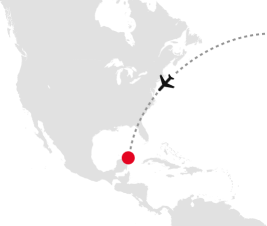

Ek Balam
Ek Balam (170 kilometers drive from Cancún) is not yet as well known as Tulum and Chichen Itza, but definitely worth a visit. Here, you have much more peace and quiet to dive into the history and culture of the Maya than in other places. Either explore the ruins on your own, or book a tour. Special highlight: You can see Chichen Itza from a distance on a clear day when you climb to the top of the acropolis. The Centote Xcanché is also around the corner.

Valladolid
Valladolid (close to Ek Balam) is the second largest city on Yucatán and definitely worth a stop. It is smaller compared to Mérida but very authentic and less touristy - a place which gives you a very laid-back vibe. Old haciendas serve as restaurants and colonial buildings are home to chic boutiques. Sightseeing highlights include the Mercado Municpal, the Cathedral of San Gervasio, and the Convent of San Bernardino.


Chichén Itzá
A visit to the Mayan site of Chichén Itzá is a must. Chichén Itzá is probably the best-preserved Mayan site in Mexico. It was rightly chosen as one of the "New 7 Wonders of the World" in 2007. In the center you will find the famous Kukulcán pyramid, surrounded by ruins of upper-class houses. It is recommended to visit the ruins early in the morning before the big rush. In the evening, there is a "Light & Sound Show" worth seeing.

Visit to a cenote
On Yucatan you will find a variety of beautiful cenotes – so called "sacred spring" in the Mayan language. Around Valladolid and Chichén Itzá, the following are worthwhile visiting: Cenote Zaci is located directly in Valladolid, Cenote Suytun is about 15 km outside of Valladolid, and Palomitas is about 35 km away. Ik Kil can be combined with a visit to Chichén Itzá.

Mérida
Mérida is the capital of the state of Yucatan and is also called the "white city". The Plaza de la Independencia, also called Plaza Grande, is the center of the city and serves as a good starting point for a city tour. Important sights are all nearby: the double-towered Cathedral of San Ildefonso, the Palacio Municipal, the Casa de Montejo (house of the city's founder), and the Palacio de Gobierno (governor’s palace). The beautiful cafes around the Plaza Grande invite you to linger after the sightseeing tour.


Hacienda Yaxcopoil
Entering the Hacienda Yaxcopoil ("place of the green alamo trees"), one feels transported to another time. It was built as early as the 17th century and was once considered one of the most important estates in Yucatan. In its heyday, its property encompassed 22,000 hectares of land and was operated first as a cattle ranch and later as a henequen plantation. Today it is a museum, event location, guesthouse, and has also served as a film set on several occasions.


Uxmal
Other than Chichén Itzá, Uxmal is the most important Mayan site on the Yucatán Peninsula. The ruins are located in the Puuc karst landscape, from which the term Puuc building style "hill country" was derived. The soothsaying pyramid El Adivino with its unusual shape is the landmark of the ruined city. Besides this, the nunnery La Casa de las Monjas and the great pyramid Pirámide Mayor are among the most impressive buildings.
Header - Photo by Marv Watson on Unsplash
Paragraph 1 - Photo from Therivieramaya.org
Paragraph 2 - Photo by Gabriel Benois on Unsplash
Paragraph 3 - Photo by David Ortega on Unsplash
Paragraph 3 - Photo by Efren Castillo on Unsplash
Paragraph 4 - Photo by Free Birds on Unsplash
Paragraph 5 - Photo from Planet-mexiko.com
Paragraph 6 - Photos from Yaxcopoil.com
Paragraph 7 - Photo by Luis Ordonez on Unsplash
Paragraph 7 - Photo by Jorge Ramírez on Unsplash



